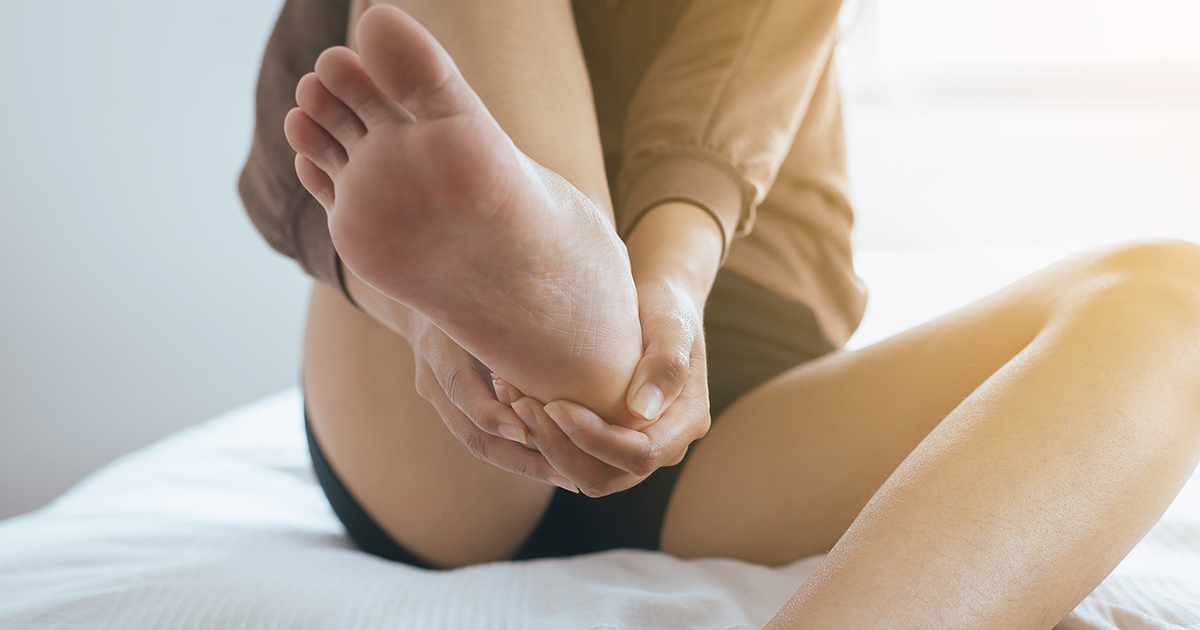Guide To Treating And Preventing Sesamoiditis
Sesamoiditis is an acutely painful condition of the feet. The pain comes from the inflammation of tiny, floating bones found under the big toe called the sesamoid bones. They are called floating because they’re not connected to other bones. Not only are the bones inflamed in sesamoiditis, but so is the tissue that supports them and helps the big toe flex. Because of this, the pain is found beneath the big toe and in the ball of the foot. The two main causes of the condition are abnormal pressure on the sesamoid bones, which do not structurally support the foot, and walking or landing on the ball of the foot. It is not surprising sesamoiditis is often seen in ballerinas.
Here are some ways to treat and prevent sesamoiditis.
Avoid Triggers

One way to avoid sesamoiditis is to avoid triggers. One cause of sesamoiditis is overpronation, which means the individual’s ankle rolls too far inward and downward when they take a step and keeps rolling even when their toes should be preparing to push off. This puts strain on the big toe and the second toe and causes the foot to twist. Overpronation can not only lead to sesamoiditis but can also cause the foot to become unstable and put the individual at risk for shin splints and pain in the knee. Other sesamoiditis triggers are walking on tired feet and wearing high heels. To avoid the condition, individuals should walk properly, not walk when their feet are tired, and stop wearing heels. Other risk factors they may have no control over are feet with unnaturally high arches or uncommonly large sesamoid bones.
Get to know the next treatment method of sesamoiditis now.
